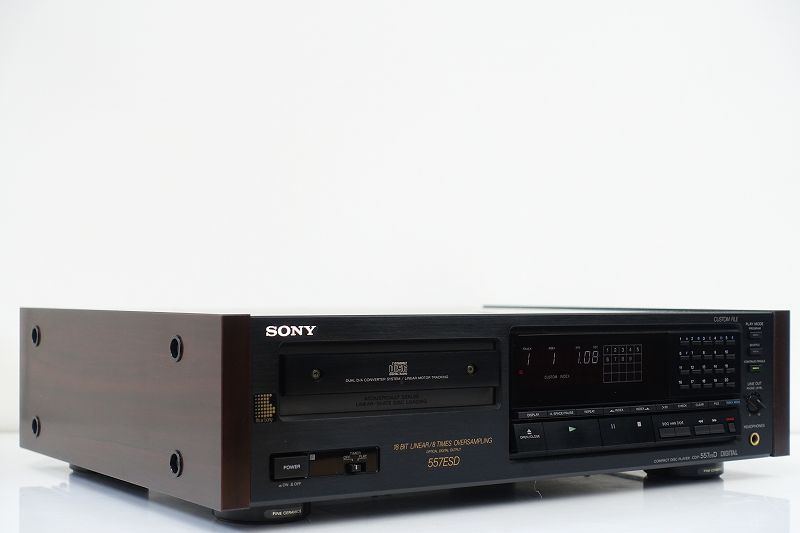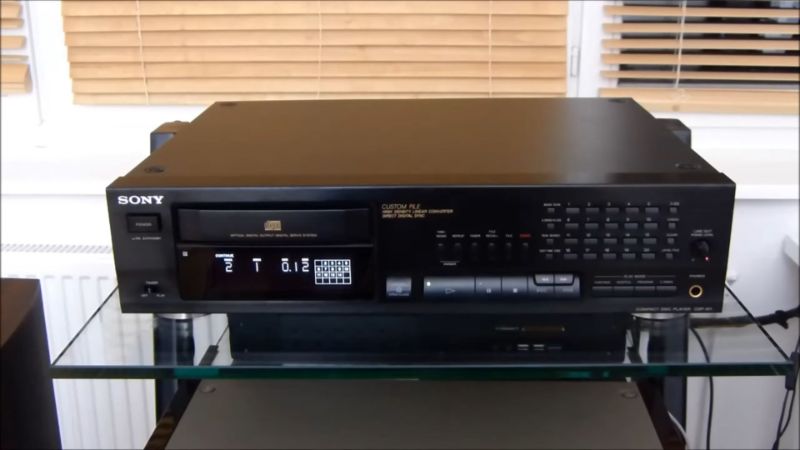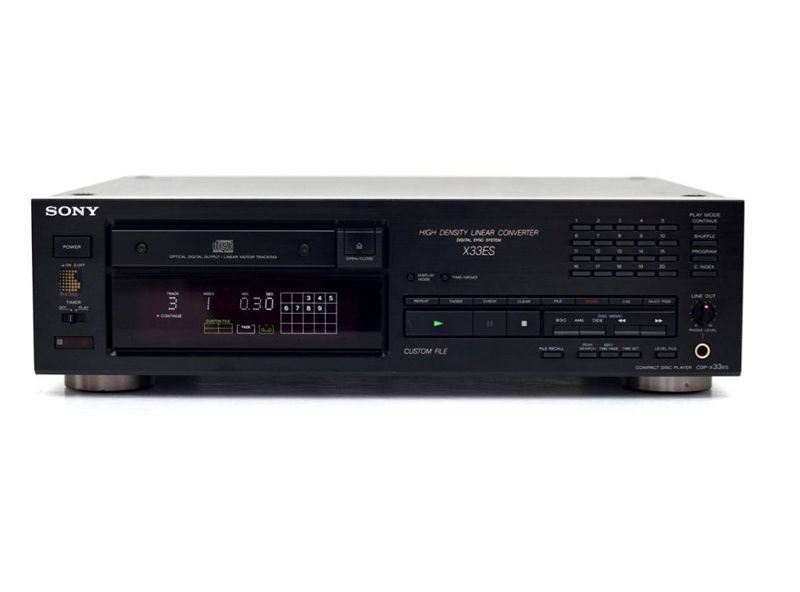The first Compact Disc players were released in 1982, and British purchasers received them a year later. This generation has mostly been forgotten since then, which is a shame because many of them sound considerably more ‘analogue’ than many of today’s high-end esoterica. A good example is the Marantz CD-54. It’s a late first-generation design that uses Philips’ excellent CDM-1 Pro metal diecast transport mechanism and the Palaeolithic 14-bit, 4-times oversampling DAC/filter package. Despite its diminutive size, the device is quite heavy, demonstrating that the consumer electronics behemoths built their first generation players to last. It was only appropriate that they weren’t plastic boxes full of air because they were the format’s early adopters a package.
It has the same clumsy interface as the Philips CD100 on which it is based, but is substantially slower to respond! When you press the ‘open’ button, a CD drawer the size of a bridge lumbers out to welcome you. Put the CD in and press “play,” and then go make a cup of tea while the music plays. The digital time display starts when it eventually finds its way to reading the disc’s table of contents, and the fun begins…
Anyone who believes that more bits and faster oversampling make a greater silver disc spinner will benefit from this game. For something so self-avowedly digital, it sounds remarkably analogue – the bass isn’t far off a turntable in terms of warmth and softness, and isn’t much tighter either. The midband lacks low-level detail, but the instruments that do come through have a gorgeously rich and resonant sound. The soundstage isn’t very deep, but it is broad and well-articulated. The treble is the biggest letdown; what’s there is beautiful and silky, but it seems a little rushed. Surprisingly, it isn’t as harsh and painful as you might anticipate from a 14-bit DAC. It’s the polar opposite: it’s fluffy, hazy, and cloudy.
The Marantz CD-54 is a surprisingly musical method of listening to digital CDs — it’s certainly a long way off in many ways, such as dynamics and details, from even a good mid-price modern machine, but it’s still a blast to listen to. The fact is that several machines using this transport/DAC/digital filter combination are still in use, ranging from Philips’ original CD-100 to the CD-104B, and all are fairly priced. If you don’t mind not having a remote, programming capabilities, or S/PDIF digital outputs, they’re highly worth looking for. Similarly, people who aren’t fans of Compact Disc may find them to be an appropriate entry point into the world of digital disc!





